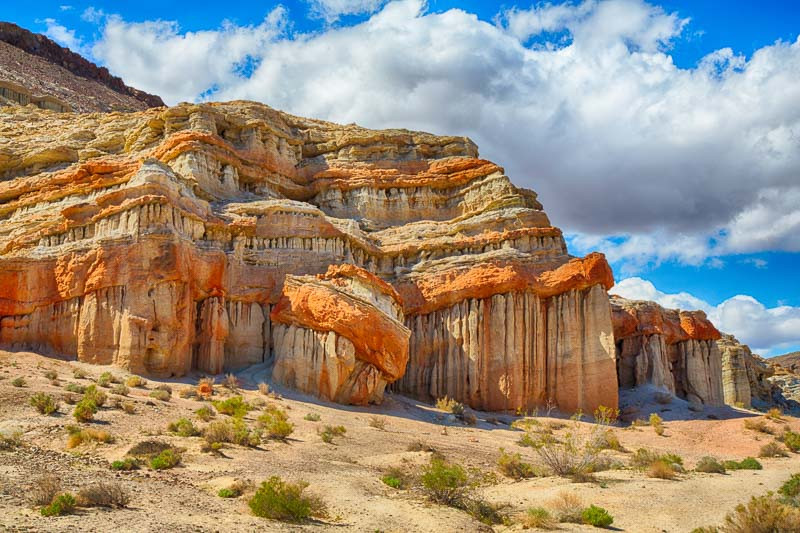Nevada Native Plants
Nevada, the driest state in the United States, hosts a surprising diversity of native plants adapted to thrive in its arid desert landscapes, high mountains, and varied ecosystems.
- The desert areas boast iconic species like the Joshua Tree (Yucca brevifolia) and the Creosote Bush (Larrea tridentata). The Mojave Sage (Salvia mohavensis) provides splashes of color in the sandy desert, while Desert Holly (Atriplex hymenelytra) offers silver-hued foliage.
- The Basin and Range area features unique plants like the Single-leaf Pinyon Pine (Pinus monophylla) and Utah Juniper (Juniperus osteosperma). The understory is adorned with various shrubs and grasses, including Rabbitbrush (Chrysothamnus spp.) and Indian Ricegrass (Achnatherum hymenoides).
- In the Sierra Nevada, a different plant community emerges, with towering Ponderosa Pines (Pinus ponderosa) and Aspens (Populus tremuloides). The forest understory features Snowberry (Symphoricarpos spp.) and Wild Rose (Rosa woodsii).
- Riparian areas along Nevada’s watercourses are home to plant species like the Fremont Cottonwood (Populus fremontii) and Coyote Willow (Salix exigua), creating vital habitats for many bird species.
Growing Nevada’s native plants in your garden benefits local wildlife, promotes water conservation, and can create a resilient landscape adapted to the local climate. These plants can add texture, color, and biodiversity to your garden, connecting it with Nevada’s unique and varied natural heritage.

